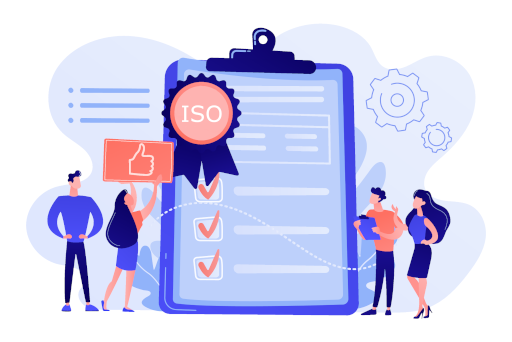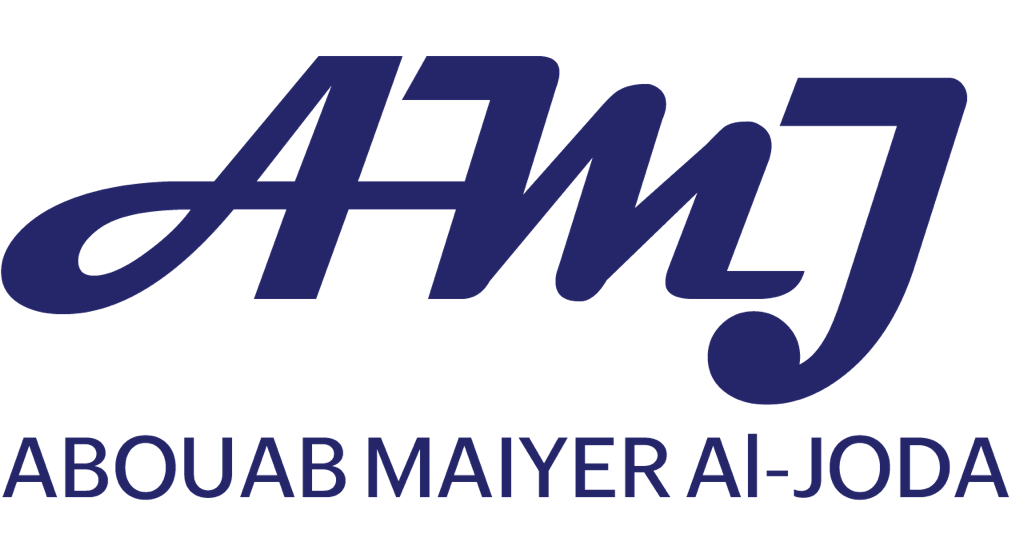
ISO certification is a globally recognized standard that demonstrates your organization’s commitment to quality, efficiency, and continuous improvement. Whether you’re pursuing ISO 9001 for quality management, ISO 14001 for environmental management, or any other ISO standard, the certification process can seem daunting at first. This guide will walk you through the key steps to achieve ISO certification effectively and efficiently.
Understand the Basics of ISO Certification
Before starting your journey, it’s essential to understand what ISO certification entails.
- What is ISO Certification?: It is a formal acknowledgment that your organization meets the standards set by the International Organization for Standardization (ISO).
- Why Pursue Certification?: ISO certification enhances credibility, improves operational efficiency, and can open doors to new business opportunities.
Choose the Right ISO Standard
ISO standards are tailored to various industries and operational needs. Some popular options include:
- ISO 9001: Quality Management System
- ISO 14001: Environmental Management System
- ISO 27001: Information Security Management System
- ISO 45001: Occupational Health and Safety
Selecting the right standard depends on your business goals, industry requirements, and customer expectations.
Conduct a Gap Analysis
A gap analysis helps you identify where your current processes stand compared to the requirements of the chosen ISO standard.
- Review the ISO standard’s requirements.
- Document existing processes and procedures.
- Identify areas that need improvement or changes to meet compliance.
Develop an Implementation Plan
Create a clear roadmap for achieving certification. Include the following steps:
- Assign a project team or hire an ISO consultant.
- Define roles and responsibilities for key stakeholders.
- Establish a timeline with specific milestones.
Train Your Team
Educate your employees about ISO standards and their role in achieving certification. Training ensures everyone understands the processes, documentation requirements, and the importance of compliance.
Establish and Document Processes
ISO standards emphasize robust documentation. Develop a system for documenting processes, policies, and procedures. Key components include:
- A quality manual (or equivalent documentation for other standards).
- Standard Operating Procedures (SOPs).
- Records to demonstrate compliance.
Implement the Management System
Once documentation is in place, implement the management system throughout your organization. This involves:
- Aligning daily operations with documented processes.
- Monitoring and measuring performance.
- Addressing any issues that arise during implementation.
Conduct an Internal Audit
Internal audits help identify non-conformities and areas for improvement before the external audit.
- Perform a thorough review of your management system.
- Involve employees in identifying gaps.
- Address and resolve findings promptly.
Select a Certification Body
Choose an accredited certification body to conduct your external audit. Ensure the body is recognized in your industry and has experience with the ISO standard you are pursuing.
Pass the Certification Audit
The certification audit typically occurs in two stages:
- Stage 1 – Documentation Review: The auditor reviews your documentation to ensure compliance with ISO requirements.
- Stage 2 – On-Site Audit: The auditor assesses your implementation and verifies that processes are followed as documented.
Address Non-Conformities
If any non-conformities are identified during the audit, take corrective action promptly. Submit evidence of corrections to the certification body for review.
Receive Your ISO Certification
Once the auditor confirms compliance, you will receive your ISO certificate. Display it proudly, as it’s a mark of excellence that can boost customer confidence and market credibility.
Maintain Compliance
Certification is not a one-time event—it requires ongoing commitment.
- Conduct regular internal audits.
- Update documentation as processes evolve.
- Participate in annual surveillance audits conducted by the certification body.
Benefits of ISO Certification
Achieving ISO certification offers numerous advantages:
- Improved operational efficiency and quality.
- Increased customer trust and satisfaction.
- Enhanced competitive edge in the market.
- Compliance with legal and regulatory requirements.
Conclusion
Achieving ISO certification is a strategic investment that pays dividends in improved performance, customer satisfaction, and market growth. By following the steps outlined in this guide, your organization can confidently navigate the certification process and position itself as a leader in quality and excellence.
If you need assistance with ISO certification, consider consulting experts who can streamline the process and ensure success.

